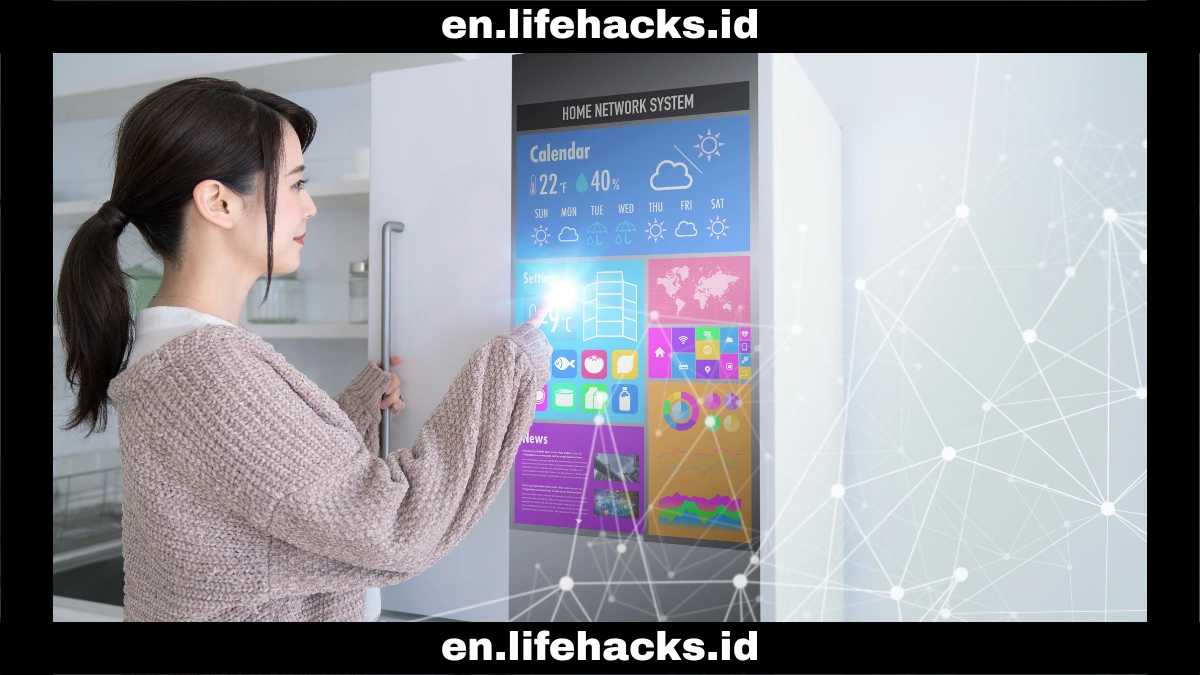Smart Air Conditioners are a type of air conditioner equipped with advanced technology. This allows them to be controlled remotely via an internet connection (WiFi) using an app on a smartphone or tablet.
Not only can they connect to the internet, but these devices also use a combination of Internet of Things (IoT) connectivity technology, sensors, machine learning, and AI. The technology behind smart air conditioners is designed to provide enhanced control, improve energy efficiency, and enhance user comfort.
This article will provide comprehensive information about the technology behind smart air conditioners. This will help you understand and actively utilize the available technology.
Technology Behind Smart Air Conditioners

To maximize room cooling, the technology behind smart air conditioners is indispensable. IoT connectivity is the technology that supports the smart home ecosystem. Sensors monitor temperature, humidity, and occupancy levels.
Meanwhile, AI and machine learning analyze data to learn user preferences and automatically adjust settings for comfort and energy savings. Here is a more detailed explanation of the technology.
IoT connectivity
IoT connectivity in smart air conditioners utilizes a WiFi network to connect to the internet. This allows you to control and monitor your air conditioner from anywhere via your smartphone, tablet, or other smart home devices.
This technology utilizes ESP32 or ESP8266 microcontrollers. It is the brain of the system that reads sensor data, processes commands, and sends information. The microcontroller continuously receives temperature measurements from the room.
With this technology, smart ACs can be integrated into a broader smart home ecosystem. This allows you to control your AC simultaneously with other smart devices, such as lights, curtains, and thermostats.
Sensors

Sensors are the technology behind smart air conditioners, playing a crucial role in their operation. With sensors, the temperature can be automatically adjusted, energy consumption optimized, and the comfort of people in the room improved. Here are some of the main sensors commonly found in smart air conditioners:
- Temperature and humidity sensors: Monitor room temperature and humidity in real time to provide accurate and ideal readings more efficiently.
- Human activity sensor: Detects people in the room to adjust the cooling intensity, thereby optimizing comfort and preventing energy waste.
- Sunlight sensor: Adjusts the temperature based on lighting conditions and time.
AI and machine learning

AI and machine learning in smart air conditioners process data from sensors and user behavior to learn preferences. This optimizes performance, enhances energy efficiency, and improves user comfort.
With this technology, smart ACs can recognize patterns and analyze data on users’ preferred temperature settings at different times. Residents’ habits will generally create an efficient schedule.
Additionally, the system can learn to perform predictive control, enabling it to operate in the most efficient mode for colling or heating. The system can even diagnose problems and notify users of maintenance needs.
That is an explanation of the technology behind smart air conditioners. These technologies are integrated to produce maximum temperature more efficiently. Each technology will activate as needed.
Understanding smart AC technology will help you maximize it to support better control, energy efficiency, and comfort.


